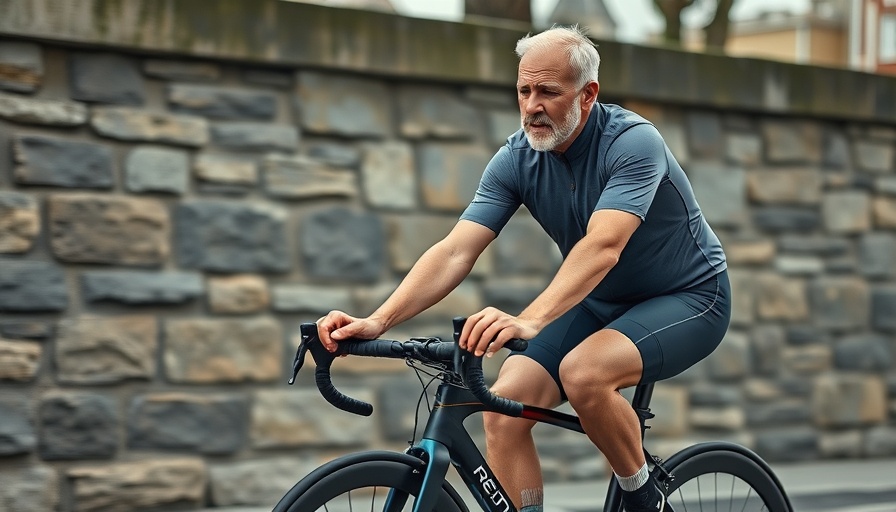
The Struggle with Saddle Pain: A Common Triathlete Challenge
Every triathlete knows the struggle of saddle pain—long rides that transform into battles with discomfort. But saddle pain isn't something you should have to simply endure. With the right setup, you can ride pain-free and focus all your energy on enhancing performance. This article explores key insights into saddle pain and offers practical tips for triathletes to prevent discomfort during training and competition.
In 'Time To End Saddle Pain', the video discusses effective strategies to combat saddle discomfort in triathletes, prompting us to delve deeper into the topic and provide additional insights for a pain-free riding experience.
Choosing the Right Saddle: More Than Just Comfort
Saddle choice is crucial for comfort on long rides. Triathlon-specific saddles differ significantly from traditional ones due to the unique pelvic position required for performance. For example, brands like Urggon have developed saddles tailored for different pelvis shapes and riding styles, ensuring that triathletes can find what suits them best. Some saddles offer a split nose design, which helps alleviate pressure through the center—a feature many find beneficial. Remember, experimenting with different saddles is key; most bike shops allow you to try demo models before making a purchase.
Positioning Matters: Perfecting Your Saddle Setup
Even if you've chosen the perfect saddle, discomfort may still arise due to improper setup. Adjustments in tilt, height, and fore-aft positioning can significantly affect your riding experience. Starting with a neutral or flat position and adjusting from there is generally recommended. A slight tilt downward can relieve pressure, but be cautious; extremes can lead to slipping forward or excessive pressure on the arms. Saddle height, in particular, is often a common oversight—too high promotes rocking, leading to potential saddle sores, while too low can overstress your knees and quads.
Clothing Choices: Impact on Saddle Comfort
As triathletes, we often complicate our comfort with our choice of clothing. Training in padded cycling shorts versus on race day in a tri-suit can lead to varying degrees of discomfort. It's advisable to practice wearing your tri-suit during training sessions to understand how it feels. Investing in high-quality bib shorts with moisture-wicking properties helps minimize chafing and discomfort.
Exploring Crank Length: A Potential Game Changer
Often overlooked, crank length can also influence saddle comfort. Shortening crank length allows for a more optimal hip angle, relieving pressure on your pelvis and making your aero position more sustainable. Many shorter athletes have discovered that transitioning from a 172.5 mm to a 160 mm crank length drastically reduced saddle pain while improving power output in aero bars. It’s a small adjustment that can yield substantial benefits.
Professional Bike Fitting: The Smart Investment
Investing in a professional bike fit can be one of the best decisions a triathlete makes. With the right expert help, you can address saddle pain issues comprehensively, enhancing both comfort and performance. For those serious about racing pain-free, this is a significant step toward achieving your goals.
Ultimately, saddle pain isn't a rite of passage for triathletes; it's a problem that has effective solutions. Tackle these aspects, and you may find astonishing improvements in your riding comfort and performance.
 Add Row
Add Row  Add
Add 


Write A Comment